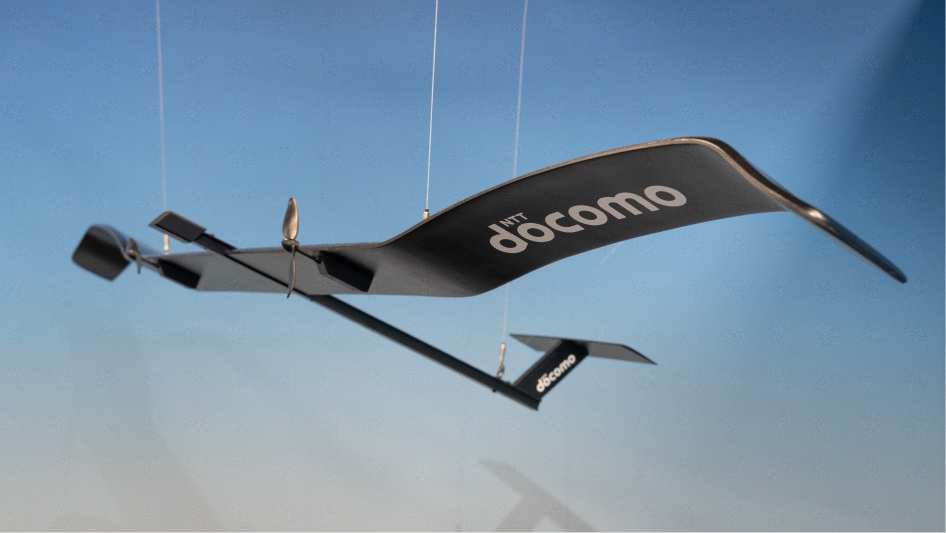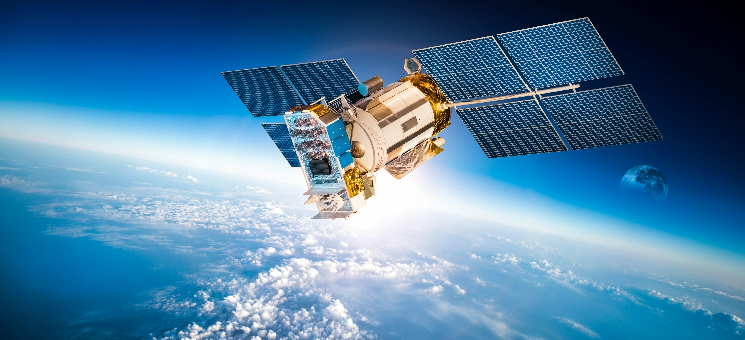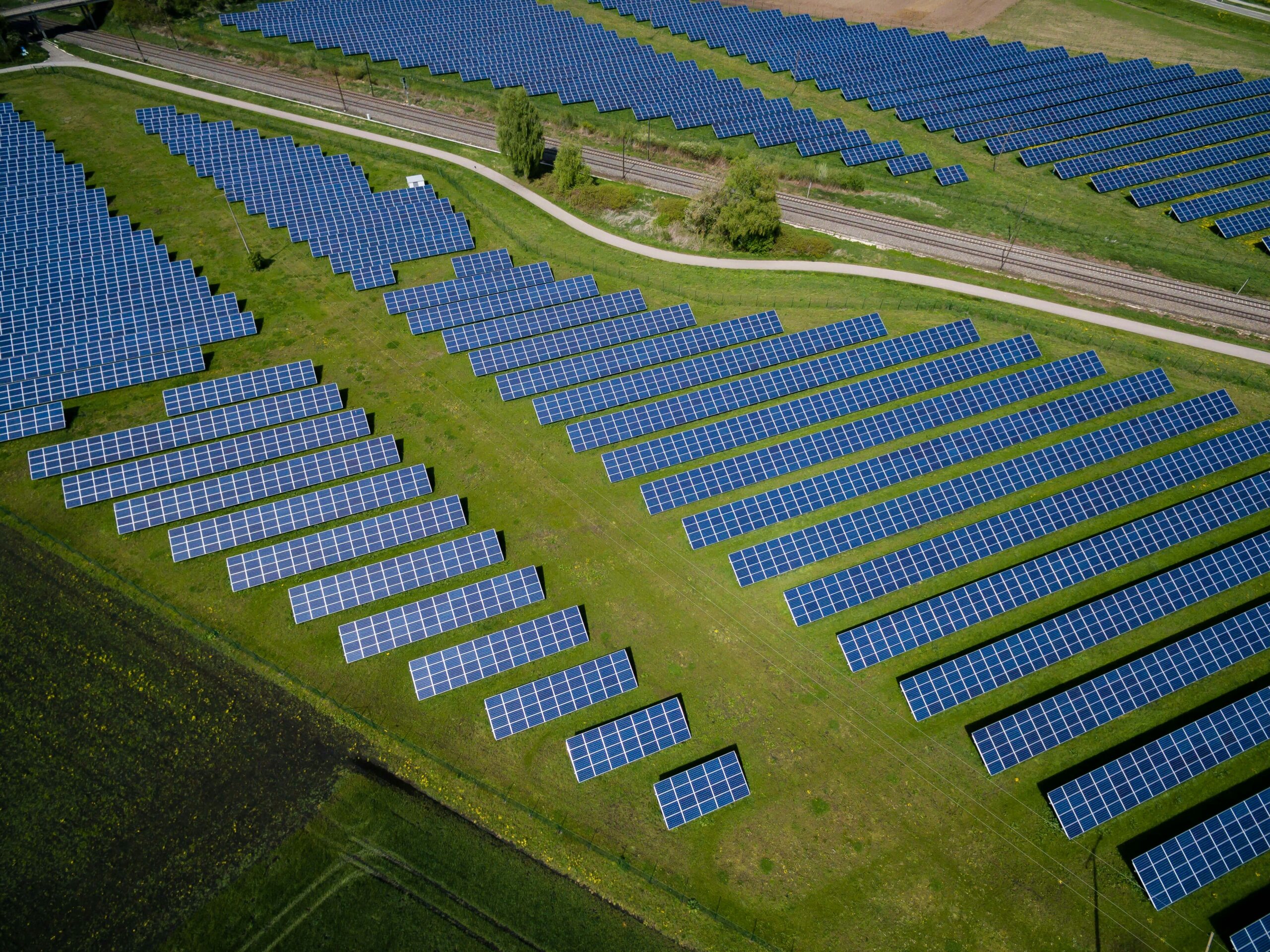March 18th, 2025
3 min read
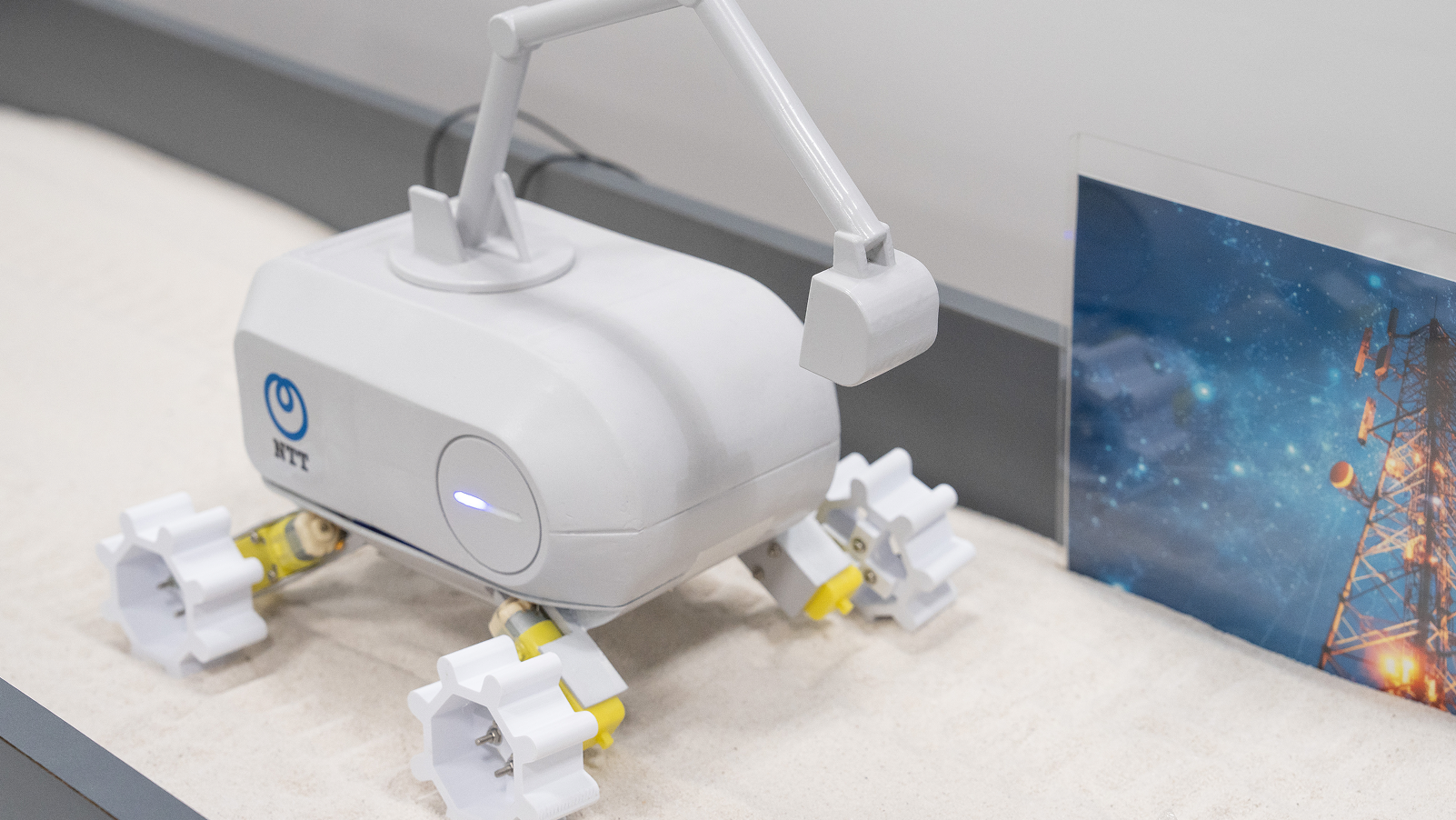
For humans to explore the moon, reach further into space, and solve global challenges here on Earth, we need a reliable source of power – one that will work even in the most extreme conditions. New innovations in wireless energy transmission may be the answer.
The Challenge of Powering Lunar Rovers
We have the technology we need to physically survey the moon: robotic lunar rovers. Rovers can run geological surveys, map out terrain, and even help to build infrastructure for future human settlement. But right now they can’t run continuously. They lack stable, reliable power.
Solar power is not effective because the moon’s night lasts about 14 Earth days. This means the moon doesn’t get enough sunlight to generate sufficient solar power, plus it experiences extreme temperatures, ranging from 110°C during the day to -180°C at night. Other traditional sources of energy are impractical: batteries are vulnerable to the moon’s low temperatures, making performance extremely poor. Transporting power cables from Earth is costly.
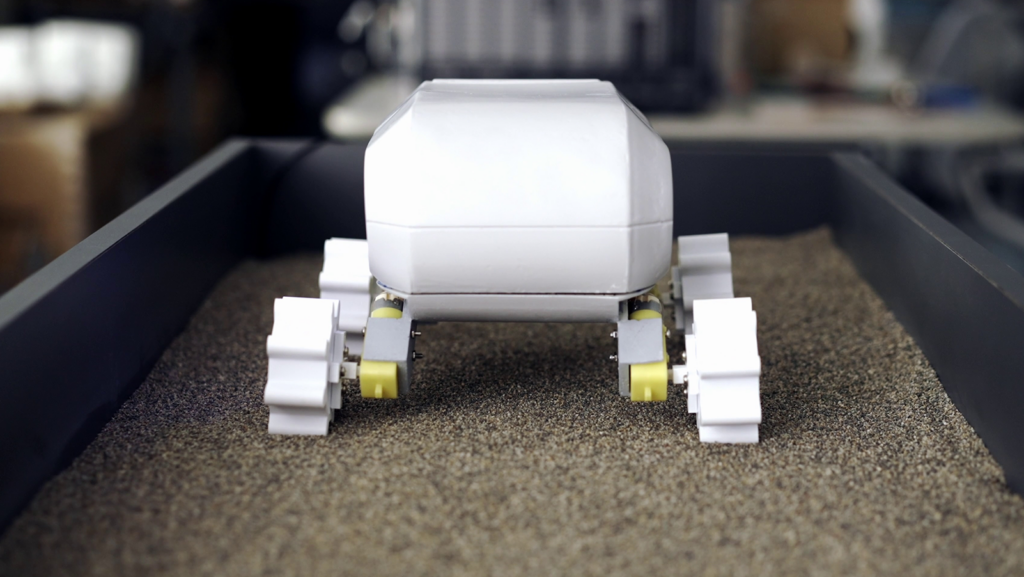
Advancements in Wireless Energy Transmission
NTT has developed a solution: a proprietary antenna that generates electric field waves and allows for the transmission of the energy of these electric fields over great distances using lunar sand and other materials as a transmission path. This technology allows power to be sent to lunar rovers and other physical infrastructure without the need for cables, solar panels, or batteries, and in fact using naturally available resources on the moon.
Regolith, or moon sand, consists of metal oxides and is solidified to create roads and working areas for the rover. A transmitter is installed at the beginning of a regolith road, and it generates electric field waves which travel across the lunar sand and are received by the rover’s receiver – thereby powering the rover.
Essentially the entire regolith road is used as an antenna. And the capable area of wireless power supply is much greater than that of conventional wireless energy transfer methods which use magnetic resonance or microwaves. These methods require the power-transmitting antenna and the power-receiving antenna to be precisely aligned, which is not the case with electric field resonance power transmission.

Power on the Moon – and Beyond
This innovation offers huge benefits. With access to continuous power, lunar rovers can operate for longer periods, collecting more data that we can learn from as we look for ways to enable a human presence on the moon.
In addition, it moves us one step closer to building a lunar surface power transmission network. This network would be able to power future lunar bases, and the technology could even enable larger space development projects.
One example is space elevators which could one day transport cargo and even humans between Earth and space. The station in geostationary orbit is 36,000 km away from Earth, so even if the space elevator travels at 200 km/h, it will take about a week to get there. Therefore, it is necessary to power the elevator wirelessly. Some scientists believe this could become a reality by 2050, making space travel more accessible and cost-effective.
The Earth Connection
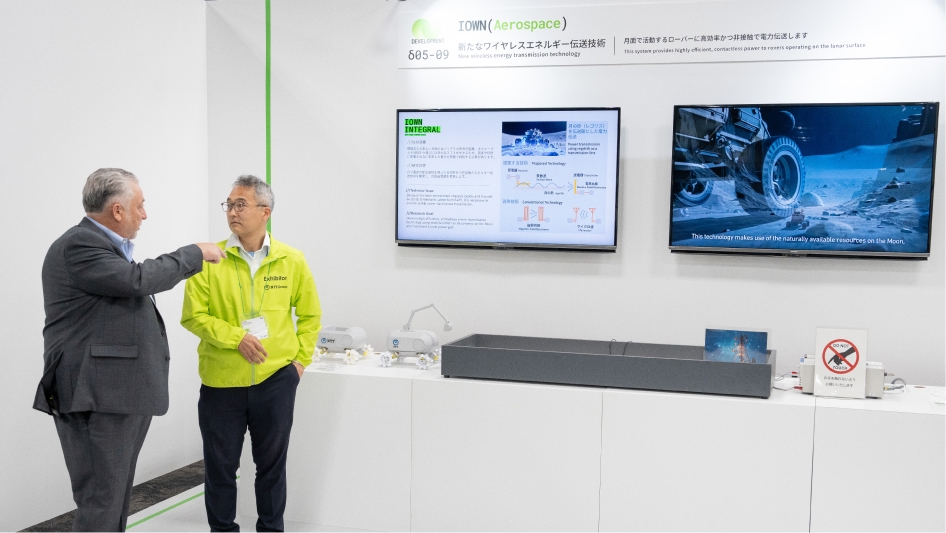
While this new wireless energy transmission technology is primarily aimed at lunar and space exploration, the implications for Earth are equally exciting. As the world looks for alternative energy sources, electric field resonance power transmission could help reduce our reliance on traditional infrastructure, especially in remote or off-grid locations.
In the future, this technology could be used to power remote communities, industrial facilities, and even renewable energy grids that span vast areas, without the need for physical cables. This could reduce energy loss, lower costs, and help develop more resilient energy systems around the world.
The Future of Space Exploration and Innovation
This method of wireless energy transmission is a key development in the next phase of space exploration. By powering lunar rovers and possibly space elevators, it promises to advance our understanding of the moon and outer space.
NTT plans to launch the electric field resonance power transmission system in 2030 to support unmanned lunar missions. As it continues to evolve, the system’s potential for space development and Earth-based applications will only grow.
This new innovation was demonstrated at the NTT R&D FORUM 2024 | NTT R&D Website

